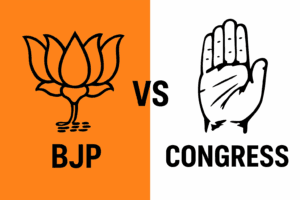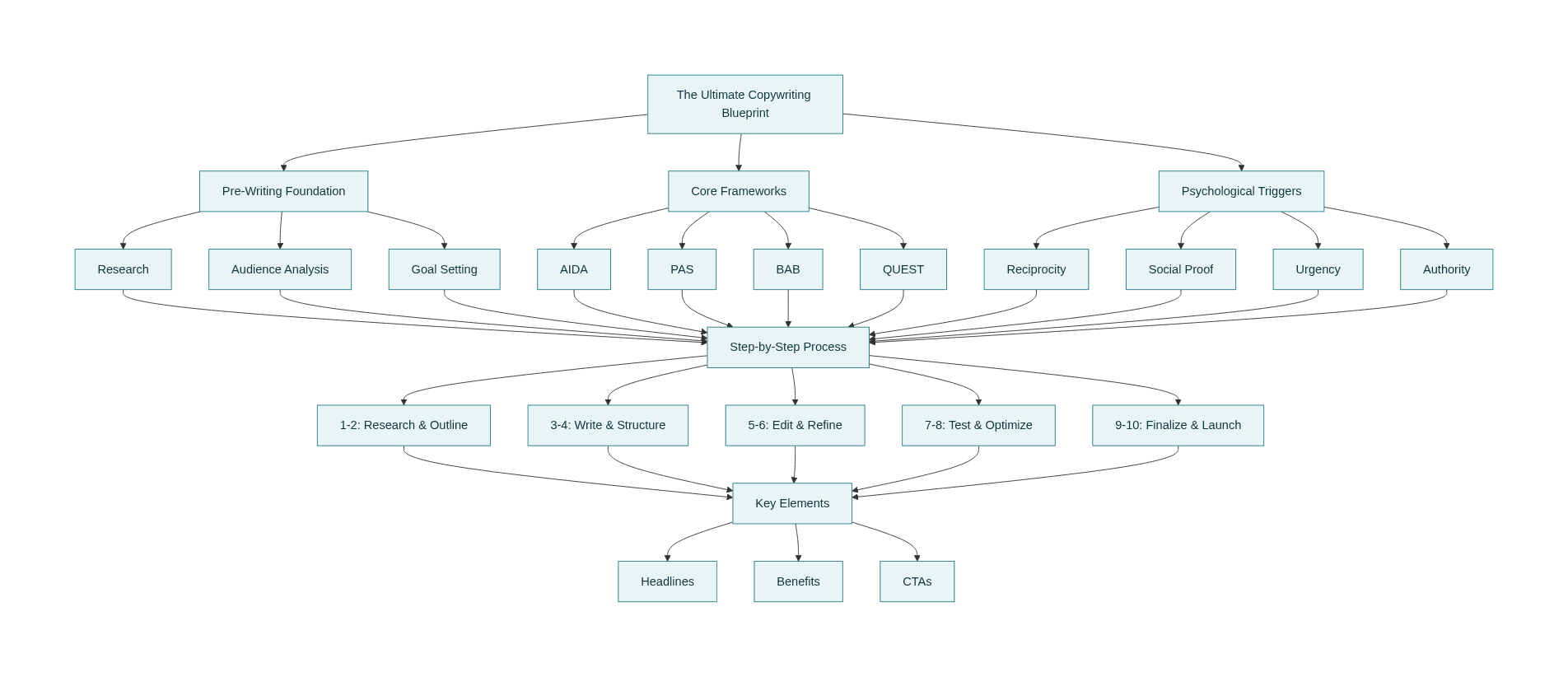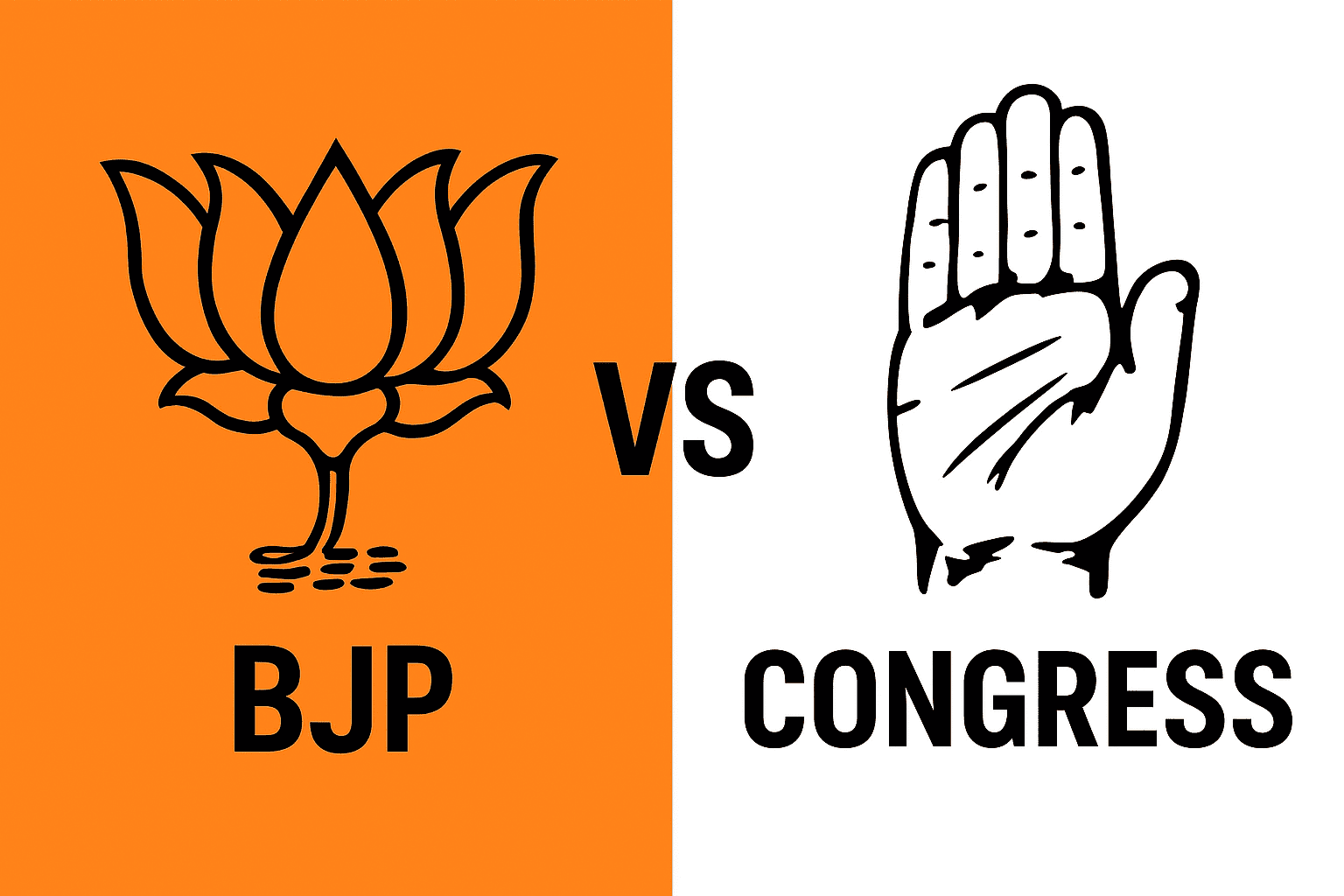Hi there! Today I’m gonna talk about copywriting, where you’ll learn how to write a copy that drives your sales.
The Big Four: Core Frameworks Every Copywriter Must Master
- AIDA – Attention, Interest, Desire, Action
- PAS – Problem, Agitate, Solution
- PAS – Problem, Agitate, Solution
- QUEST- Qualify, Understand, Educate, Stimulate, Transition
AIDA (Attention, Interest, Desire, Action) remains the foundational framework for most sales copy. This time-tested approach works because it mirrors the natural decision-making process, first capturing attention with a compelling hook, building interest through relevant information, creating desire by highlighting benefits, and finally prompting action with a clear call-to-action. AIDA works exceptionally well for general sales copy, email campaigns, and advertisements where you need to guide prospects through the complete buying journey.
PAS (Problem, Agitate, Solution) leverages negativity bias by focusing on pain points before offering relief. This framework capitalizes on the psychological truth that people are more motivated to avoid pain than gain pleasure. The power of PAS lies in its ability to make prospects feel the urgency of their problem before presenting your solution as the cure. Studies show that 95% of human brain activity is subconscious, making emotional engagement through pain points particularly effective.
BAB (Before, After, Bridge) works brilliantly for transformation-focused products by painting a vivid picture of the prospect’s current state, their desired future state, and positioning your product as the bridge between them. This framework is especially powerful for coaching, fitness, education, and personal development offers where dramatic change is the primary benefit.
QUEST (Qualify, Understand, Educate, Stimulate, Transition) provides a sophisticated approach for complex or high-ticket products requiring more education and relationship-building. This framework works best when prospects need to be educated about the problem or solution before making a purchase decision.
Advanced Frameworks for Specific Situations.
PASTOR (Problem, Amplify, Solution, Transformation, Offer, Response) combines the pain focus of PAS with the transformation elements of BAB, making it ideal for service-based businesses where testimonials and case studies are crucial. The framework’s emphasis on transformation stories helps build credibility and emotional connection.
FAB (Features, Advantages, Benefits) provides a logical structure for product-focused copy, ensuring you translate technical features into meaningful customer benefits. This framework works particularly well for SaaS products, technical services, and any offering where prospects need to understand specific capabilities.
Psychological Triggers: The Science of Persuasion
Effective copywriting leverages well-documented psychological principles that influence human decision-making. Dr. Robert Cialdini’s research on influence provides the scientific foundation for most modern copywriting techniques
The Power of Reciprocity and Social Proof
Reciprocity drives the entire lead generation model – by providing valuable content first, you create a psychological obligation for prospects to reciprocate. This principle explains why free trials, lead magnets, and valuable content marketing work so effectively. Research shows that using a reader’s first name in email subject lines increases open rates by 26%, demonstrating how even simple personalization triggers reciprocity.
Social Proof remains one of the most powerful conversion triggers, with 97% of consumers reading online reviews before making purchase decisions. The average consumer reads 10 reviews before buying, making testimonials, case studies, and user-generated content essential elements of any sales copy.
Authority and Specificity Create Trust
Authority building through credentials, media mentions, and expert endorsements significantly impacts conversion rates. The “As Seen On” logos, expert testimonials, and social media follower counts all contribute to perceived authority and trustworthiness.
Specificity increases credibility and engagement by providing exact numbers rather than rounded figures. Saying “increased conversions by 247% in 30 days” is more believable than “increased conversions by about 250%.” This principle applies to testimonials, statistics, and any quantifiable claims in your copy.
Urgency and Scarcity Drive Action
Scarcity and Urgency create immediate action by activating fear of missing out. However, these triggers must be genuine to maintain trust. Research shows that simply using the word “because” – regardless of the actual reason – significantly increases compliance rates, jumping from 60% to 93% in controlled studies.
The Professional Copywriting Process: A 10-Step Blueprint
Professional copywriters follow a systematic process that separates analytical and creative work for maximum effectiveness. This process typically requires 6-7 separate writing sessions over multiple days rather than attempting to complete everything in one sitting.
Phase 1: Foundation and Research (Steps 1-2)
Step 1: Create the Outline involves building the skeleton structure with bullet points and logical flow from headline to call-to-action. This analytical phase takes about 30 minutes and establishes the framework for everything that follows.
Step 2: Research and Brainstorm the Hook is the most time-intensive phase, requiring a full day of research to gather supporting stories, statistics, case studies, and evidence. This creative phase involves exploring multiple “S-Hooks” – Story, Science, or Supposition – and collecting diverse supporting materials from various sources.
Phase 2: Creation and Drafting (Steps 3-5)
Step 3: Write the Hook requires 4 hours of pure creative brain-dumping without editing. The key is accessing emotions and empathy while avoiding self-judgment. Professional copywriters often meditate on the customer’s core pain point before beginning this phase.
Step 4: Finalize Offer Details takes 1 hour to define the what, how, when, and why of your offer. This includes value stacking, bonus structuring, pricing strategy, and scarcity elements.
Step 5: Write the First Draft involves combining the hook and offer into a cohesive sales message. The critical element is creating a seamless transition – the “sales pivot” – between problem identification and solution presentation.
Phase 3: Refinement and Completion (Steps 6-10)
Steps 6-7: Editing and Refinement involve both copy editing for logical flow and stylistic refinement for readability. Professional copywriters read their copy aloud to ensure natural flow and use a thesaurus to find more engaging word choices.
Steps 8-10: Final Polish and Delivery include professional proofreading by someone else, final reviews for completeness, and proper delivery formatting. The key insight is that copywriters should never proofread their own work, as their minds automatically fill in gaps and miss obvious errors.
| Framework | Stands For | Best For | Emotional Focus | Length | Difficulty |
|---|---|---|---|---|---|
| AIDA | Attention, Interest, Desire, Action | General sales copy, emails, ads | Aspiration and excitement | Medium to Long | Beginner |
| PAS | Problem, Agitate, Solution | Problem-focused products, pain-driven sales | Pain and relief | Short to Medium | Beginner |
| BAB | Before, After, Bridge | Transformation products, before/after results | Transformation and hope | Medium | Intermediate |
| QUEST | Qualify, Understand, Educate, Stimulate, Transition | Complex products, educational content | Education and empowerment | Long | Advanced |
| PASTOR | Problem, Amplify, Solution, Transformation, Offer, Response | Service-based businesses, testimonials | Problem amplification and solution | Long | Intermediate |
| FAB | Features, Advantages, Benefits | Product descriptions, technical products | Logic and benefits | Short to Medium | Beginner |
| 4 U’s | Urgent, Unique, Useful, Ultra-specific | Headlines, subject lines, urgency-driven copy | Urgency and scarcity | Very Short | Beginner |
| ACCA | Awareness, Comprehension, Conviction, Action | Sales pages, direct response marketing | Logical progression with emotion | Medium to Long | Intermediate |
Implementation Strategy: Putting the Blueprint Into Action
Start with Framework Selection
Choose your framework based on your product, audience, and goals. Use AIDA for general sales copy, PAS for pain-focused products, BAB for transformation offers, and QUEST for complex or educational products. Don’t try to combine multiple frameworks in a single piece – pick one and execute it well.
Apply Psychological Triggers Strategically
Integrate psychological triggers naturally throughout your copy rather than forcing them into inappropriate places. Use reciprocity in lead generation, social proof in credibility sections, authority in introductions, and urgency in closing sections.
Follow the Professional Process
Respect the creative and analytical phases of copywriting by dedicating separate time blocks to each step. Don’t attempt to write, edit, and polish in the same session – this reduces both creativity and analytical effectiveness.
Test and Optimize Continuously
Professional copywriting involves constant testing and refinement. A/B test headlines, different frameworks, various psychological triggers, and alternative closing approaches to continually improve conversion rates.
Conclusion: Your Copywriting Success Blueprint
This comprehensive analysis reveals that effective copywriting combines proven structural frameworks with psychological triggers and systematic processes. The most successful copywriters use AIDA, PAS, BAB, and QUEST as their foundational frameworks, integrate reciprocity, social proof, authority, and urgency as psychological triggers, and follow disciplined 10-step processes that separate creative and analytical work.
The key insight is that copywriting success comes from systematic application of these proven elements rather than creative genius or magical persuasion techniques. By mastering these frameworks, understanding psychological triggers, and following professional processes, any writer can create compelling copy that converts prospects into customers and drives measurable business results.
Remember that copywriting is ultimately about connecting human to human – understanding your prospect’s deepest problems, demonstrating genuine empathy, and presenting your solution as the bridge to their desired future. When you combine this human understanding with proven structural frameworks and psychological principles, you create copy that doesn’t just sell products – it transforms lives and builds lasting business relationships.











